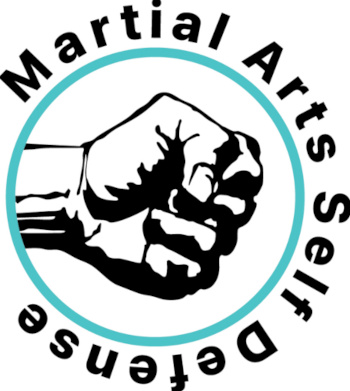The Eagle Claw grip is one of the most defining techniques in Eagle Claw Kung Fu. Known for its power and control, the grip is used to seize, lock, and immobilize opponents through tendon and joint manipulation. It combines physical strength, structure, and years of conditioning into a single, powerful hand form.
Learning the Eagle Claw Grip
The way I was taught the Eagle Claw grip was directly from my Eagle Claw instructor, Dr. Israel Mak, D.C., who trained in Hong Kong before coming to the United States. His version emphasized a strong focus on anatomy and efficiency.
- Start with an Open Hand
Begin with your hand open, fingers together, and thumb extended outward. Your palm should be relaxed but aligned, as if preparing to catch something. - Forming the Claw
Gradually bend the fingers—starting from the base joints—until they curl into a claw-like shape. Keep the fingers together and avoid spreading them apart. You should still be able to slide your opposite index finger between your palm and fingertips without forcing it; this indicates the correct spacing and curvature. - Thumb Position
Bring the thumb inward so that it points toward the tip of the middle finger. The thumb is not tucked or flat—it should create tension against the fingers, as if pinching or trapping energy between them. This positioning gives the claw its gripping power and tendon control. - Grip Awareness
The Eagle Claw grip is not just about muscle strength—it’s about tendon alignment and control. When properly formed, the tendons in the forearm engage automatically, and the wrist becomes slightly concave, ready to grab, twist, or lock.
Common Mistakes
- Over-tensing the hand: A stiff grip loses flexibility and speed.
- Spreading the fingers: This weakens the tendons and reduces control.
- Forgetting thumb alignment: The thumb drives the grip; if it’s misplaced, you lose the leverage that makes Eagle Claw effective.
- Skipping conditioning: The claw requires progressive tendon and finger strength training—use wall grabs, object holds, and push-ups to build foundation.
The Purpose Behind the Grip
Eagle Claw techniques are designed not only to seize but to manipulate. The grip is trained to control joints, seize pressure points, and even restrict blood flow in certain applications. Over time, practitioners develop a sense of tactile awareness, and can even be adapted to use in other grappling styles such as jujitsu and wrestling.
Building Strength and Precision
Regular conditioning exercises include:
- Object Lifting: Strengthens the forearm tendons and grip endurance.
- Finger extension drills: Counteracts over-flexion to maintain tendon balance.
Final Thoughts
Mastering the Eagle Claw grip takes patience and attention to detail. Remember that true power doesn’t come from brute force,it comes from structure, tendon strength, and relaxed focus. Like all martial techniques, repetition and mindfulness will turn form into function and power.

